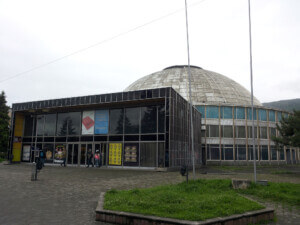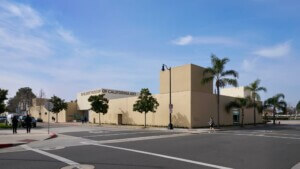In 2018, forest fires engulfed Paradise, California. The inferno destroyed 14,000 homes and took firefighters 17 days to put out. Shortly after, the California Governor’s Office sought expertise from community wildfire planning professionals. The international landscape architecture firm SWA subsequently joined the team.
More recently, SWA was selected to conduct a 945-acre planning study for Sonoma County to aid in its reconstruction and future proof it from similar catastrophes. The effort led to a collaboration with the California Governor’s Office that yielded statewide guidelines for wildfire planning.
Drawing upon the firm’s research, SWA’s research arm XL Lab is making its research and design strategies public for our pyrocentric era. Playbook for the Pyrocene is a report released this morning by SWA that’s a guidebook for insulating fire-prone communities around the U.S. from wildfires.
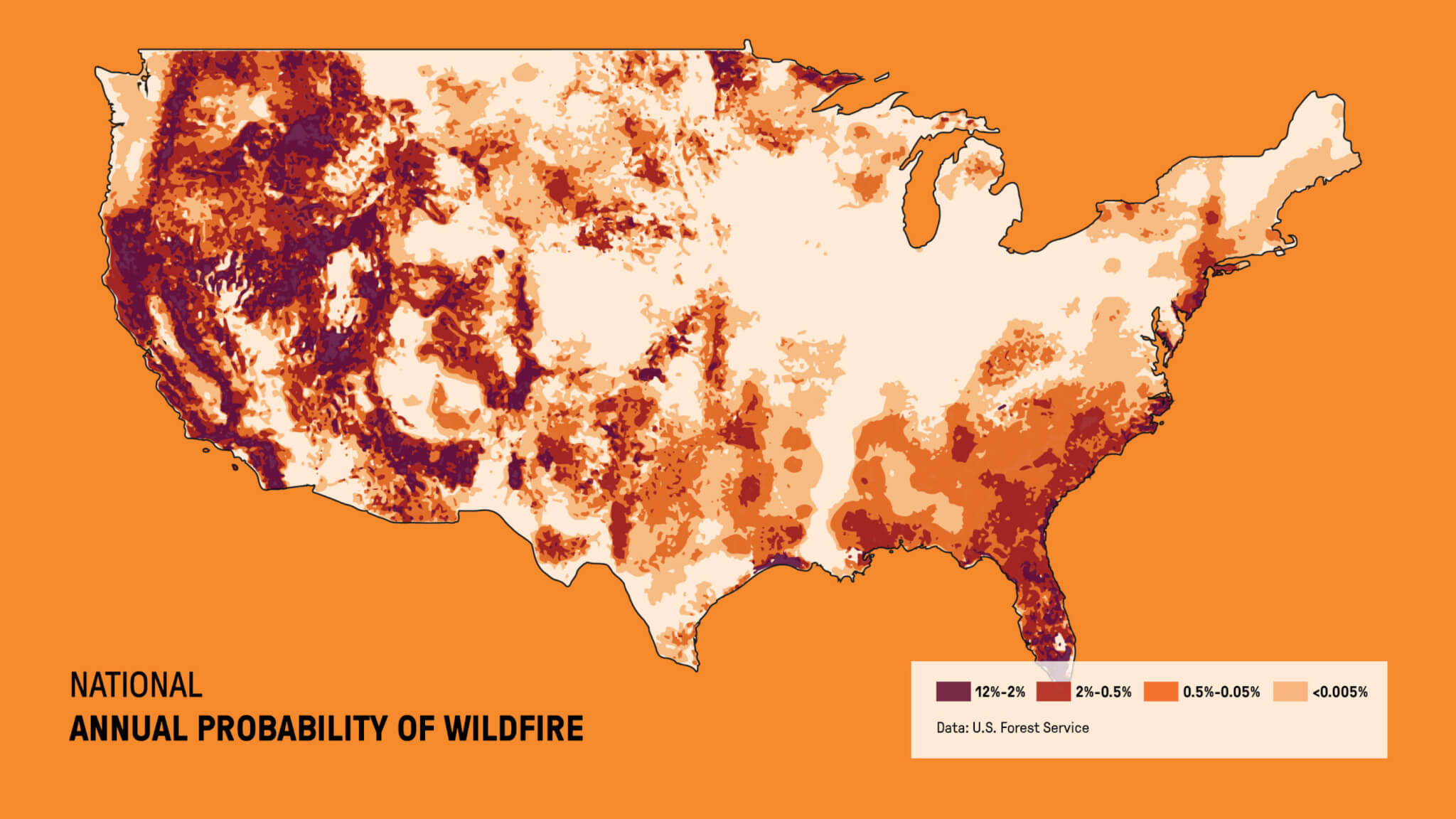
The U.S. has seen a dramatic uptick in wildfires the past fifty years, an epoch that’s been dubbed by scientists as the pyrocene. A slew of wildfires across Canada this summer proved this, destroying over 25 million acres and blowing smoke as far east as continental Europe. The need for a plan that protects fire-prone areas is long overdue.
At present, close to 80 million U.S. properties are prone to wildfire while nearly 16 percent of the country’s population resides in designated fire hazard areas. Both of these numbers are expected to rise substantially by 2050.
For Californians, this issue is particularly prescient. The state’s average wildfire season has doubled in duration the past fifty years. In response to these alarming trends, SWA hopes its new publication available for free online will help “enhance wildfire literacy across the AEC industry and beyond” and inform practitioners how to take action.
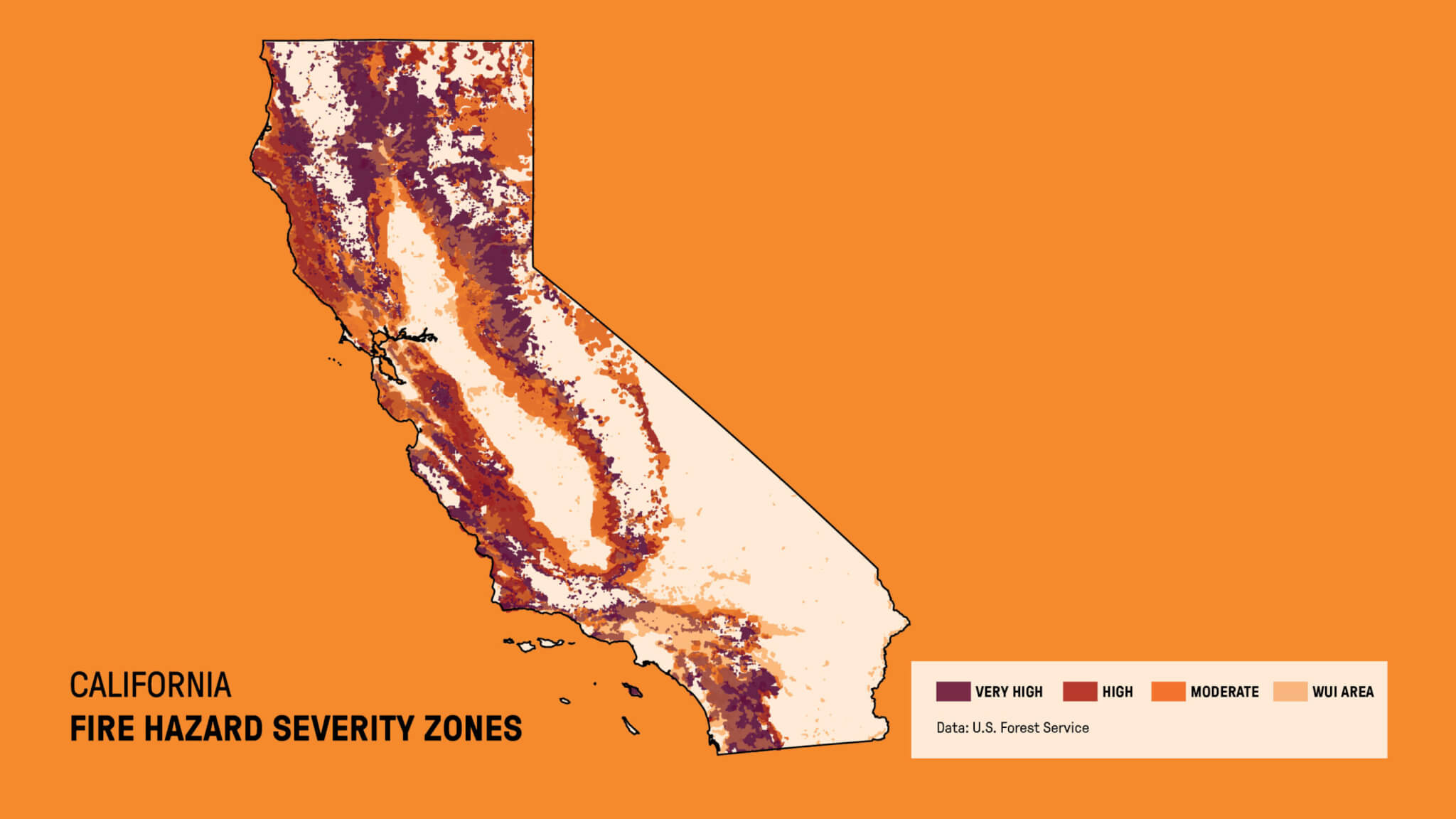
More specifically, the Playbook addresses existing knowledge gaps SWA has identified. It synthesizes data from fire science, forestry, land use planning, and emergency management for application on a broad variety of projects. In total, Playbook for the Pyrocene posits six guidelines and 20 applied strategies for insulating fire prone communities from disaster with user-friendly illustrations and language. The report is backed by an informative appendix that offers a comprehensive repository of topical resources, guidelines, best practices, and empirical research.
Among the strategies for addressing the spread of fires is keeping grassy areas trimmed and making way for defensible spaces designed to stunt fires. This can be done by covering the ground with stone pavers or similar materials and keeping areas free of plants with potential fire hazards, for example long branches. Also important is the spacing between vegetation, accounting for both horizontal and vertical placement between plants.
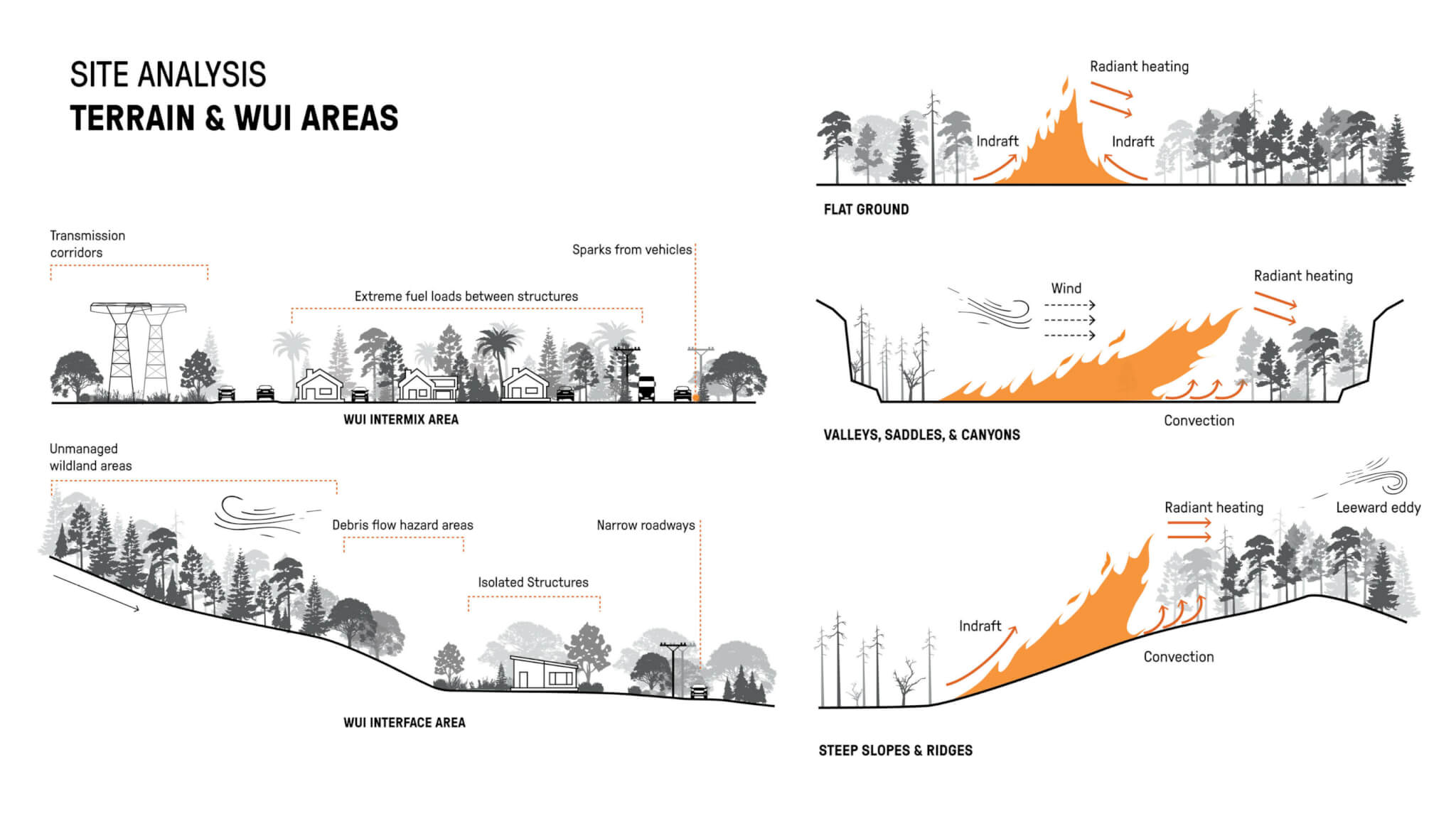
The report was authored by SWA senior research associate Jonah Susskind, alongside researchers Alison Ecker, Sydnie Zhang, Harrison Raine, Shannon Clancy, Dallas Ford, Peter Rustad, Rajpankaja Talukdar, and Ted Vuchinich.
Playbook for the Pyrocene, can be viewed in full here.








